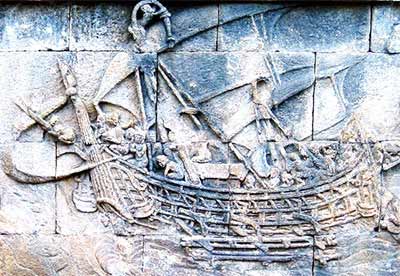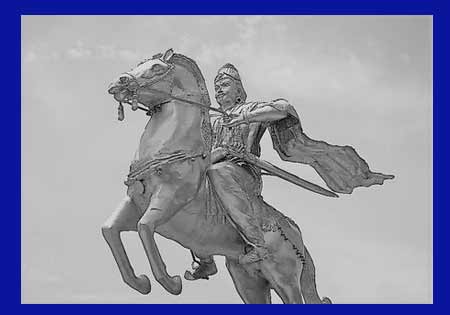Let me tell you a secret and a story; my family calls me ‘Raja’, a shortened name for the great Tamil King Raja Raja Cholan. One of the Tamil idiosyncrasies, is that each uncle and aunt (who in those days were many) assumed the privilege of giving a child in their family their own favourite name. So, my overbearing but warm paternal uncle fondly named me ‘Raja’, proud that our family belongs to the district of Thanjavur, the capital of this king over a thousand years ago.

Let me go on to start the story of Raja Raja Cholan (947 to 1014 AD) with a bit about the glorious name. Raja extended his empire to almost a third of modern day India which included Sri Lanka. He developed systems of administration, conducted land surveys, built several temples, some of which stand tall even today. He was a great patron of the arts and of culture. Unfortunately, not many scripts survived the subsequent foreign invasions. Raja started a naval fleet and a rich maritime heritage which would dominate the region for a century and only resurge in modern day independent India.
Raja Raja Cholan’s son, the great Rajendra Cholan-I would continue in his father’s footsteps, and take the naval expeditions even farther, establishing outposts and a strong Indian cultural influence in the Andaman islands, Cambodia, Thailand, Indonesia and Laos. He would establish a pathway for Indian business with China. This was a time when Indian influence was strong in South East Asia, as can be seen by the Angkor Wat temple, and can be still seen in the Indonesian island of Bali. Rajendra Cholan also directed an assault on Srivijaya, which is now modern day Jakarta.
This temple in Thanjavur in the Southern state of Tamil Nadu was built by Raja Raja Cholan over a thousand years ago. Today it is an UNESCO world-heritage site.

Photo courtesy: Wikipedia Commons
One of the type of maritime craft used by the Cholas were the ‘kattu-marans’ which mean ‘bound-logs’ and these were shallow water craft used to transport crew and cargo from shore to the anchorage. The kattu-marans form the origin of the current maritime fast-boats- the catamarans! The larger ships in the Chola fleet were called sangara and colandia. The colandia were larger ocean ships which navigate the large seas.
There is little visual description of ships used by the Cholas, though this relief at Borobudur, Indonesia from that period gives an idea how it must have looked.

Photo courtesy: Wikipedia commons
The Cholas used navigation instruments such as the ra-p-palagai (for star-sights), the tappu-palagai (for speed measurements), the human hand for measurement of the altitude of the stars, flat-bronze plates (for measurement of the depth of water), and pigeons for the sighting of land. Palagai is the word for 'board' in Tamil.
The passage plans in those days were carefully prepared, and would be undertaken only under favourable winds and currents. As these ships did not yet have magnetic compasses and rudders, the navigators mainly relied on the positions of the stars, winds and currents and were able to make a clear passage from the East Coast of India to the Malacca Straits or the Sunda Straits.
The Chola naval strength began to decline after five generations of Chola power, and a new era began with Vasco-da-Gama arriving to Kozhikode on the West coast of India in 1498. I will talk more about my hero in my later blogs. I am grateful for the work of the Institute of Southeast Asian Studies for their book ‘Nagapattinam to Suvarnadwipa’ edited by Hermann Kulke, K,Kesavapany and Vijay Sakhuja which has provided much of the information for this article.
The modern day navigator is much at ease compared with the mariners of that era. They managed to ply their trade without a GPS, an engine or modern day comforts. They did not even have charts, echo-sounders or radars. They used their senses, their common-sense and strong will-power to sail past their horizons. So can you and me!


